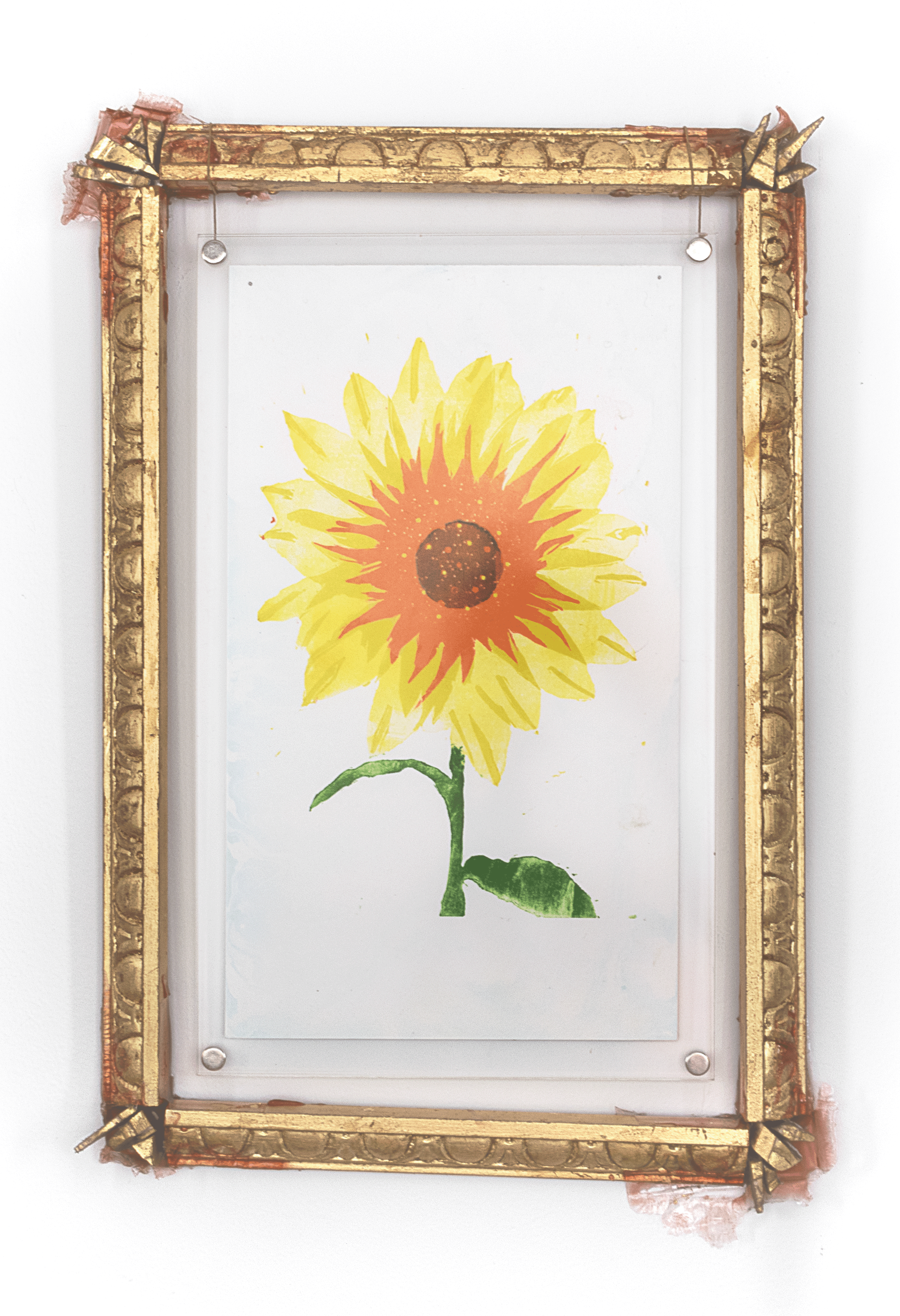Variation #13
By Ana Paula Cordeiro & KS Lack
Print: Artist Proof 3/10
Frame: gilded cracked wood and resin
Corruption in Ukraine is deeply rooted in its complex history. Skimming off the books as an act of defiance against the Russian Empire; the thriving black market economy during Soviet times; the pervasive bribery that flourished alongside a weak judicial system after independence—these are just a few examples of the graft and profiteering that stretches back centuries. Corruption in Ukraine is a self-inflicted wound that has become septic and now requires a thorough cleansing before true healing can begin.
Concerns over corruption have influenced every conversation that Ukraine has had regarding international assistance, even before Russia’s invasion. It is often cited as a primary reason against providing aid, whether financial or military, both in the U.S. and globally. Historically, corruption has also been seen as a major barrier towards Ukraine’s integration into the E.U.
Ukrainians are acutely aware of the corruption problem and been working to combat it since gaining independence. The Orange Revolution of 2004 and and the Revolution of Dignity of 2014 were both sparked by the people’s resistance to corrupt politicians. Zelenskyy was elected president in 2019 on an anti-corruption platform.(A) Even during wartime, the Ukrainian press has not hesitated to shine a spotlight on corruption, from investigations into military food pricing irregularities to reports on how Ukrainians are avoiding conscription through bribery.(B)
This ongoing pushback has yielded tangible results. As shown in the chart below, Ukraine’s score and rank in Transparency International’s Corruption Perceptions Index has trended up since 2014.(C)
Corruption Perception Score by Country: 2014-2023
Notably, Ukraine’s performance from 2022 to 2023 was one of the strongest improvements globally—a remarkable achievement for a country at war. While Ukraine’s numbers might not seem like much when compared to the U.S., they are striking when contrasted with Russia, where corruption has worsened over time. Putin’s regime maintains power through coercion and corruption: the nation has been categorically deemed “not free”. Does anyone truly believe that Ukraine will become less corrupt if Russia wins this war?
A) Before he ran for office, Zelenskyy starred in a popular Ukrainian TV show, Servant of the People, where he played a schoolteacher who gets elected as president after his anti-corruption rant goes viral. Available on Netflix.
B) To read about the Ukrainian government’s response to raise military conscription number, and other encroachments on civil liberties, see Variation #20.
C) “A country’s score is the perceived level of public sector corruption on a scale of 0-100, where 0 means highly corrupt and 100 means very clean.” From Transparency International.
See below for further reading and background.
Changing Corrupt Behaviors Assessment: Addressing Everyday Corruption in Ukraine, USAID, Sep 15.
Corruption in Ukraine and EU Accession, Stanford University Center of Democracy Development and Rule of Law, 7 May 24.
Ukraine’s EU accession hinges on stronger defenses and consolidated reforms, Atlantic Council, 22 Aug 24.
How Ukraine’s Orange Revolution shaped twenty-first century geopolitics, Atlantic Council, 22 Nov 20.
The square of no return. How the Revolution of Dignity changed Ukraine and Russia, The Insider, 23 Feb 24.
Paper Pushers from the MOD “Syphon Off Money” on Food for the Armed Forces More Than During Peaceful Life, ZN.UA, 23 Jan 23.
Corruption Perceptions Index, Transparency International.
CPI 2023 for Eastern Europe & Central Asia: Autocracy and & Weak Justice Systems Enabling Widespread Corruption, Transparency International, 30 Jan 24.
Freedom House: Russia, Freedom House Russia Report 2024.



